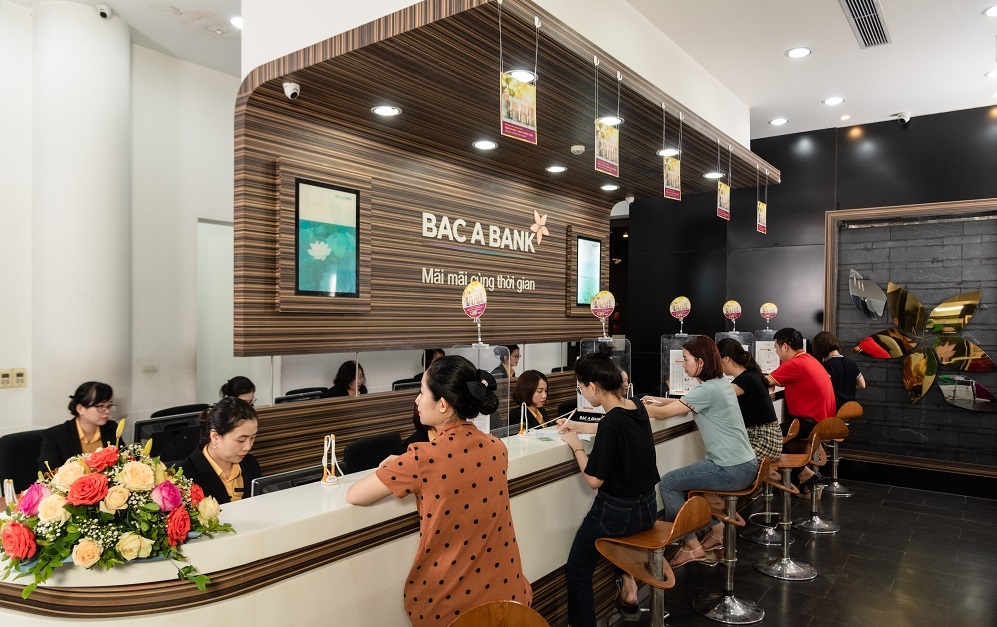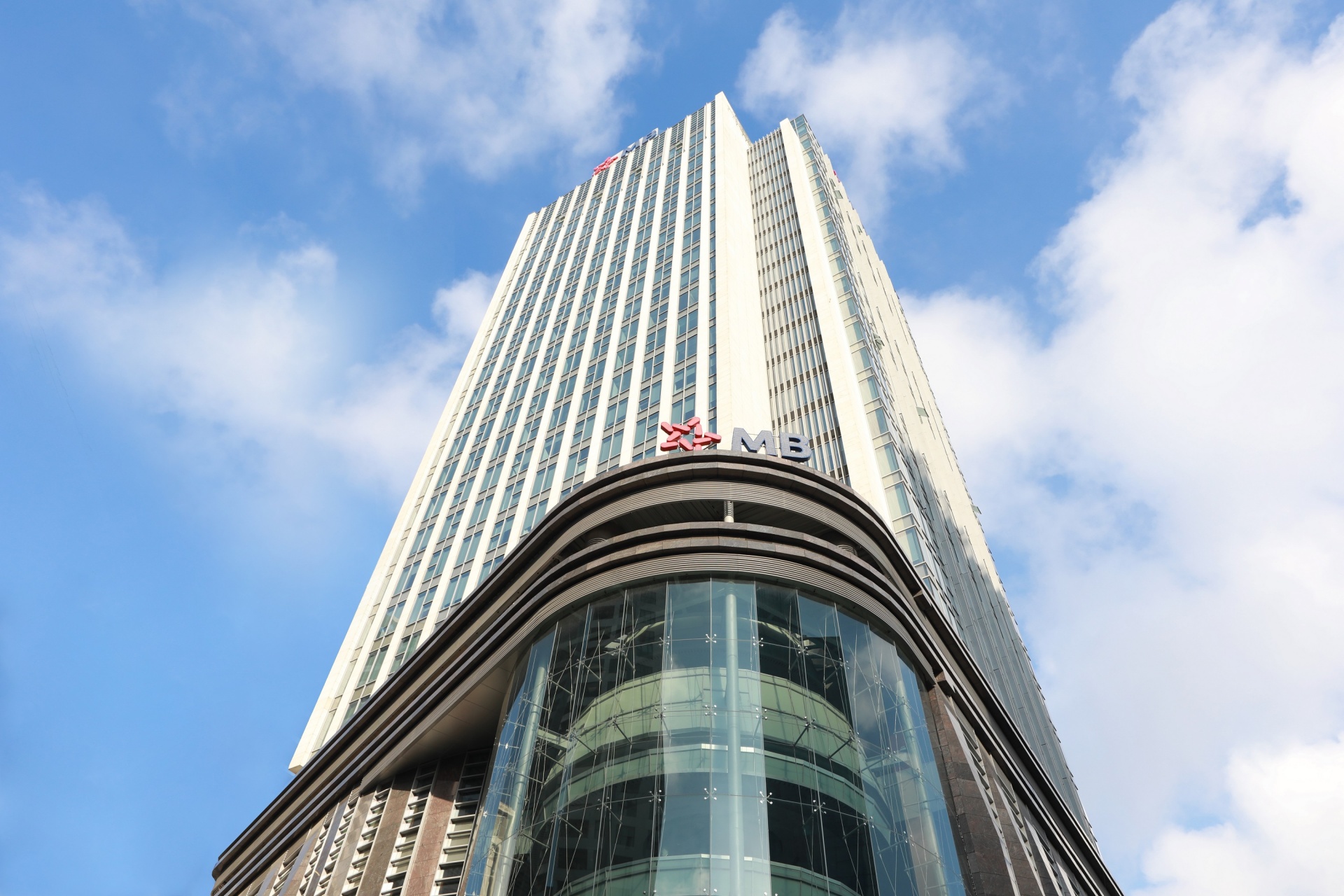The tools to withstand challenges in credit growth
The tools to withstand challenges in credit growth
The ability to repay debt and collateral assets is currently a tough landscape. Economist Le Xuan Nghia talked to VIR’s Nhue Man about the prospects of abolishing credit limits in creating economic efficiency.

Credit output is a derivative of economic output, and current developments show that the economy’s output is almost at a standstill. What is your take on this?
Internationally, workers with jobs and income are refraining from spending due to inflation-driven increases in commodity prices. The anticipation of low future income, attributed to geopolitical instability, has influenced a shift towards frugal and environmentally conscious consumption patterns. Developed economies face credit congestion resulting from high interest rates and weakened consumer demand, impacting production negatively.
Domestically, the situation is exacerbated by a sharp decline in exports, a notable decrease in domestic consumption, and a slowdown in private sector investment, despite an increase in public investment and marginal growth in foreign direct investment.
The real estate sector, a significant capital attraction channel, is experiencing stagnation, particularly in segments like resort houses, offices for rent, hotels, and apartments, due to supply shortages. Notably, low-cost housing presents a substantial demand, capable of attracting significant capital and benefiting the construction and building materials industry, as well as infrastructure development.
However, the criteria for credit entry into the economy, including the ability to repay debt and collateral assets, are currently impeded.
What are the current challenges to credit growth?
A looming challenge for enterprises is whether their projects, slated for production and export until 2026, can meet the greenhouse gas emission standards of Europe, the US, and Canada. The hesitancy arises from concerns about the feasibility of obtaining bank capital for investments that align with the forthcoming emission criteria on all goods by 2026.
The requirement to report emissions, which will be essential for exporting to Europe, adds complexity as Vietnamese goods often import raw materials from countries like China and India, where emission reporting is not common.
Despite the government’s efforts, only a limited number of enterprises have initiated emissions reporting, indicating a low level of readiness for the impending challenge. Credit congestion is anticipated to persist due to these challenges, potentially lasting for several years and impeding the expected credit growth of over 10 per cent.
Additionally, uncertainties such as bad debt, short-term liquidity issues, and potential interest rate hikes pose further risks in the coming years.
In 2024, with the goal of drastic macroeconomic management to achieve an economic growth rate of over 6 per cent, what is the credit growth rate needed?
To achieve a 6 per cent GDP growth, a sustainable credit growth rate, double the economic growth rate (12-14 per cent), is crucial. The focus is on revitalising domestic private sector investment across various industries, emphasising processing, manufacturing, agriculture, and services.
Attention to capital attraction, particularly in the low-cost housing segment, is deemed necessary. The congestion in capital flow is attributed to administrative and legal procedures (70 per cent), bank credit linked to legal processes (25 per cent), and residual risk (5 per cent).
Addressing financial flow challenges in the upcoming years primarily hinges on streamlining administrative and legal procedures, with banks playing a partial role. Many businesses contend that bank capital is decisive for completing projects, especially in real estate.
Current credit challenges hinder projects from overcoming administrative barriers, and corporate bonds, closely tied to the real estate market, face congestion, particularly with a substantial amount maturing in 2024. The real estate sector experiences liquidity difficulties, compounded by the dissolution of 80 per cent of the brokerage force and market instability due to the absence of intermediaries.
This situation indicates a slow recovery for the asset market.
In a recent meeting, the governor of the State Bank of Vietnam (SBV) said it will consider whether or not to remove credit room. What is your opinion on this?
The weakness in monetary policy, specifically the constrained credit room since 2011, demands attention for multifaceted reasons. Firstly, the current scenario provides an advantageous opportunity for good banks, particularly the four state-owned ones, to flourish by leveraging customer trust.
Secondly, the call is to transition from administrative credit control measures, such as credit limits and interest rate floors, to a model driven by system safety indicators like liquidity ratio, net profit on assets ratio, net profit on equity ratio, and most crucially, the minimum safe capital ratio.
Eliminating credit limits is seen not as a contributor to current capital congestion but as a strategic move to liberate capital flows for transparently governed commercial banks. This, in turn, facilitates diversified investments across sectors and businesses, fostering genuine economic efficiency. The shift also holds promise for curbing lending to related parties, commonly referred to as the “backyard,” through mandatory minimum capital safety criteria.
For weaker banks, special supervision and early control measures can be implemented by the SBV to sustain credit growth rates and uphold safety indicators. Recognising the direct impact of banking operations, especially the credit system, on depositors and national macroeconomic risks, emphasises the need for enhanced inspection and supervision systems.
Drawing inspiration from practices in countries like Thailand, Malaysia, and the US, the proposal is to assign undercover officers and conduct on-site supervision to proactively identify risks in important banks.
The overarching goal is to realistically and effectively address credit growth concerns, paving the way for a robust credit market. This approach aims to prevent recurrent challenges witnessed in the private commercial banking system in Vietnam, fostering a healthier and more resilient financial landscape.
























